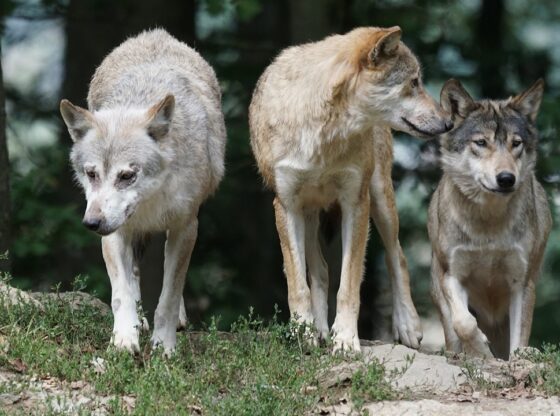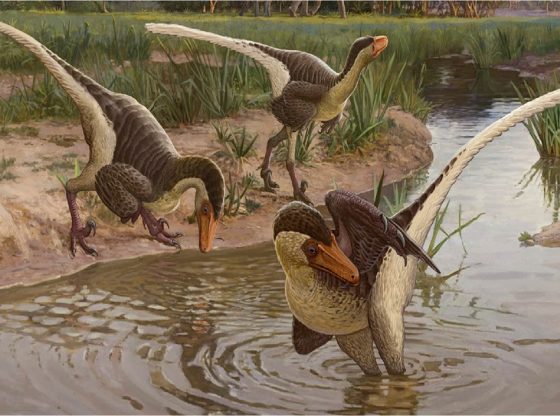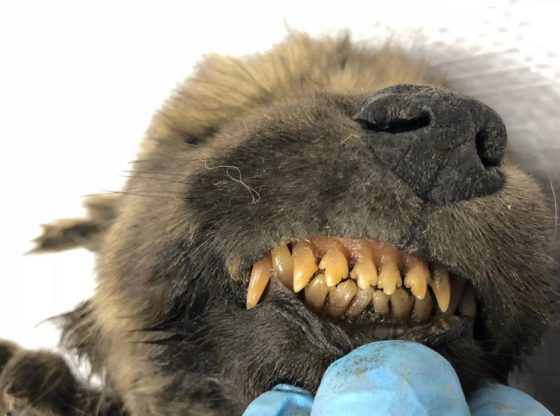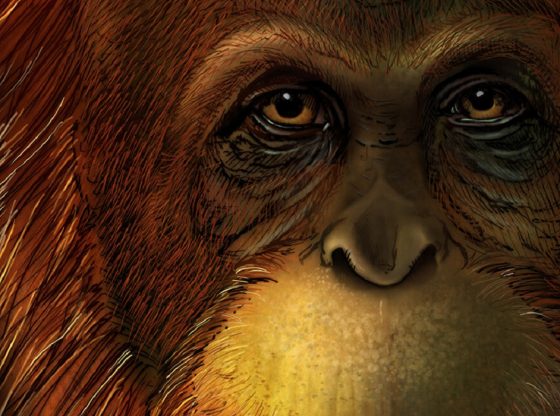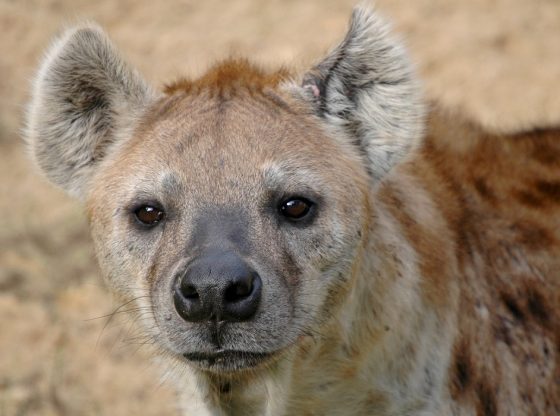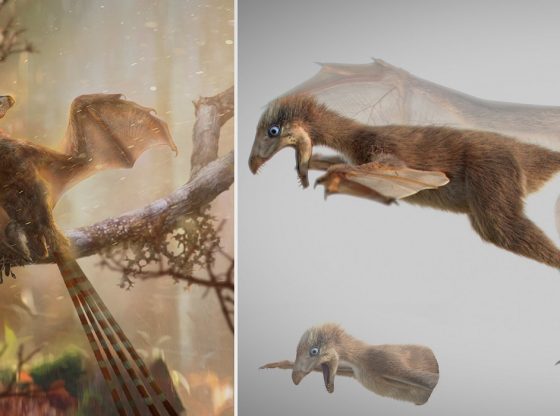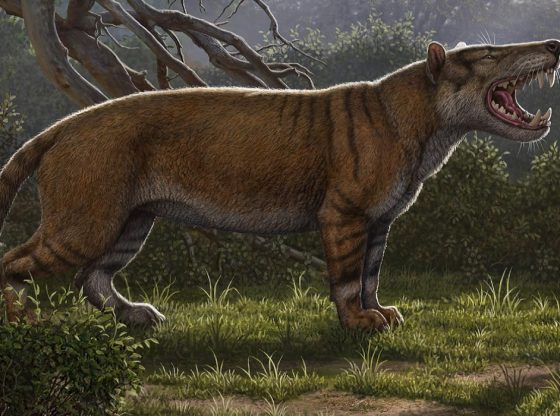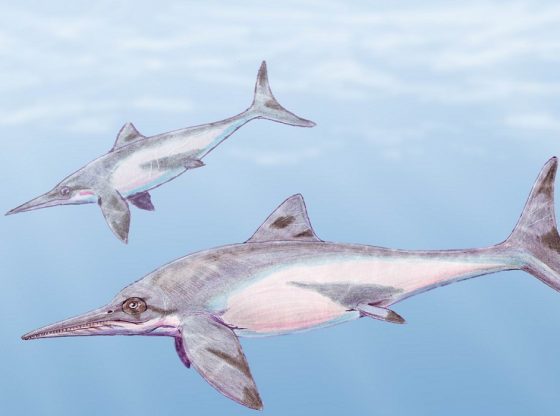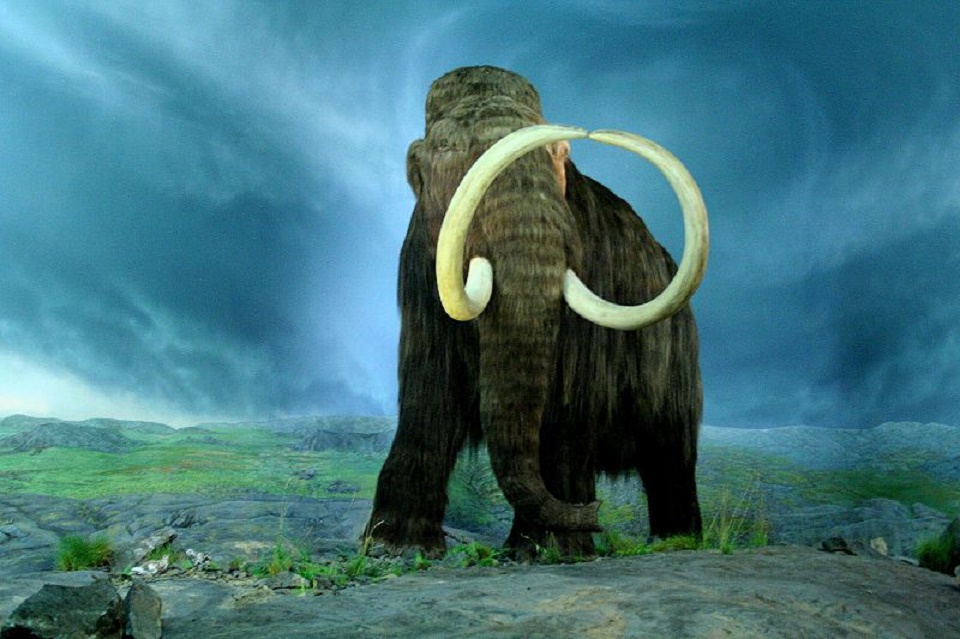
A Russian scientist at the Research Institute of Applied Ecology of the North and at the North Eastern Federal University has recovered some Mammoth blood reported to be in pristine condition.
Deep Frozen Mammoth
The scientists studied a Mammoth carcass found on a remote island in the Arctic Ocean, the Lyakhovsky Island of the Novosibirsk archipelago in Russia. A deep-frozen mammoth carcass from a 10,000 to 15,000-year-old female in a very good condition.
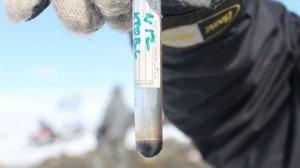
Semyon Grigoriev is a Russian scientist, head of the expedition and a chairman of the Mammoth Museum. He describes the blood sample they have collected, “The blood is very dark, it was found in ice cavities below the belly and when we broke these cavities with a poll pick, the blood came running out”.
“Interestingly, the temperature at the time of excavation was -7 to –10 degrees Celsius [19.4 to 14 degrees Fahrenheit]. It may be assumed that the blood of mammoths had some cryoprotective properties.”, he adds.
Grigoriev also describes how the muscle tissue of the frozen carcass had the color of fresh meat, totally unlike how meat usually appears centuries old. He speculates that the reason for this perfect preservation is that the lower part of the mammoth body was beneath the pure ice, and the upper part was found in the middle of tundra.
Time of the Mammoth
The mammoths coexisted with humans for several thousands of years, with humans using mammoth bones and tusks to make tools, dwellings, art and probably a primary source of food.
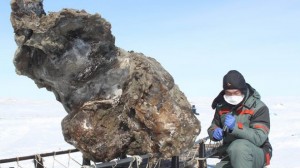
The mammoth disappeared about 10,000 years ago, although surviving in some isolated places until as recently as 4,000 years ago (Wrangel Island, Siberian coast, Russia). Its extinction was most likely a consequence of being a prey for humans, Homo Sapiens, Neanderthals and Homo Heidelbergensis, but also in combination with climate change.
Mammoth Genes
The mammoth DNA has already been deciphered for almost in entirety and there is a willingness among some scientists to resurrecting the animal from extinction, possibly using an elephant as a surrogate mother.
And there is now a new prize in development by The X Prize Foundation, a prize called the “Jurassic Park prize”, to be awarded to the first team who succeeds in recreating an extinct animal.
It is described on the X Prize Foundation website, “Given the march of technology and the expansion of humanity over the surface of Earth, we are living during one of the highest rates of species extinction in the history of this planet. The goal of this XPRIZE is to find a safe, repeatable, and reliable fashion to bring back extinct species to rebuild a population.”
So it remains to be seen if Mammoths will indeed once again roam the Earth.
_______________
Jurassic Park X Prize
Can a mammoth carcass really preserve flowing blood and possibly live cells?
______________________________

